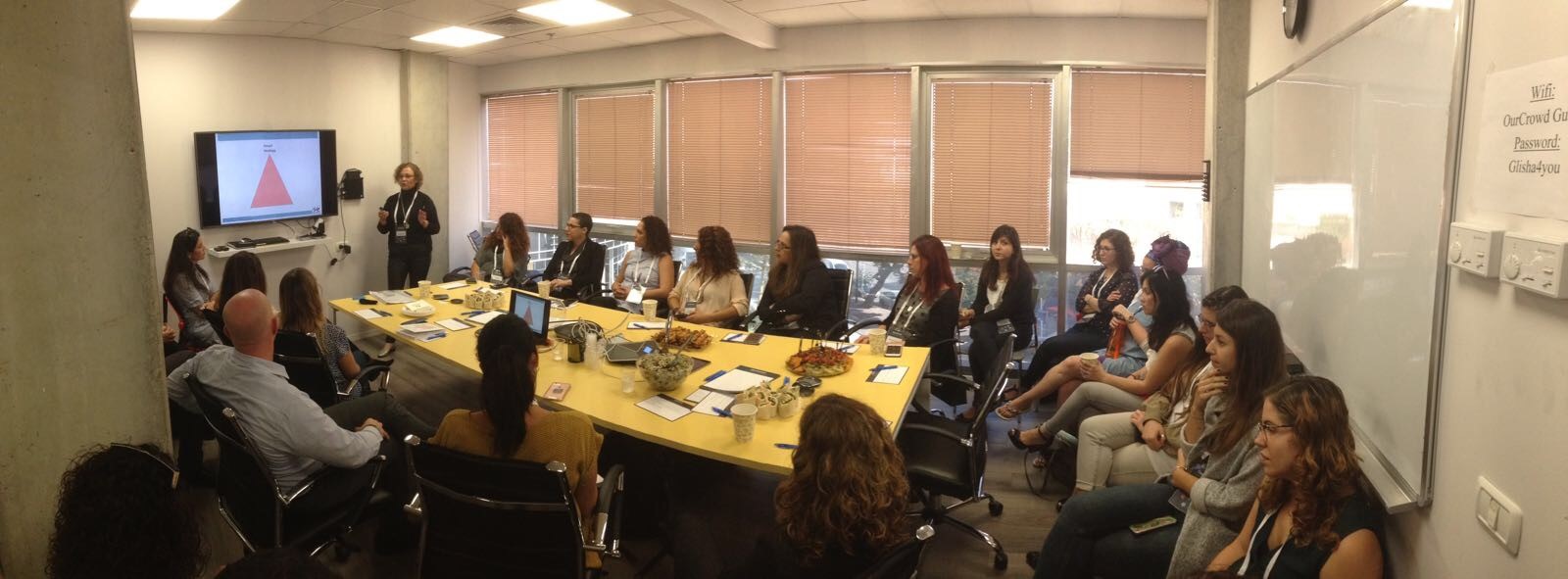Why and How to Build Your Investment Thesis
When starting out in venture capital, the diversity and breadth of opportunities can get a bit overwhelming. To cut through the chaos, it’s important to arm yourself with an investment thesis. But how do you develop one? Our resident Investor Relations expert, Josh Liggett, has created the following checklist of six steps to getting started.
An investment thesis applies to any form of investing, from the stock market to horse racing…as long as it involves putting your money behind a principled decision.
These decisions are not just for beginners; experts in the field like Warren Buffet, and Peter Theil have spent years developing their own personal strategies. Buffet, for example, likes to hold stocks for a long time. Kevin O’Leary wants his money to bring back prisoners of war. And Theil thinks those two guys are wrong.
One thing is certain – when wading into the venture capital market, without a well-thought-out strategy, an investor could end up with too much or too little money in specific sectors, stages, or asset classes, leading to an unbalanced portfolio.
Here are six steps to developing your investment thesis for Venture Capital.
Give it a think and get creative!
Spend some time on a brainstorming session, and be sure to jot down some notes. A thesis can be as simple as “I think driverless cars are the future” or as complex as AI is the future, and its predictive models will change the business-consumer relationship. Come up with a hypothesis that reflects your instincts, knowledge, and needs.
Having trouble getting started? Start with your personal experiences. Do you know what it takes to take a company public? Do you have your finger on the pulse of a specific industry? Do you have insight into a sector that others would die for? Are you Mark Cuban? If yes, then you can use that information as investment criteria.
You can also follow experts you respect- like only investing in companies that large VCs like Sequoia back, or follow famous investors like Theil or Chris Sacca.
Remember: A thesis is only limited to the creativity of the investor, so get as specific or vague as you want.
Dive into specifics
Once your thesis starts to take shape, go further. List the specifics of your strategy.
How much do you want to invest? What sectors are you interested in? What regions do you want to invest in? Seed or Venture stage? First time founder or serial entrepreneur? What type of shares do you want? Do you have any deal breakers? You get the gist.
The more specifics, the more honed your thesis will be.
Become an expert: Read, read, read.
Once you know what you are looking for, it’s time to learn. Education is rule number one when coming up with a strategy. It’s important to fully understand the ecosystem you’re interested in, from the perspectives of both the incumbent and startup side.
Read respected publications (WSJ, Financial Times, Bloomberg, etc) that cover incumbents. Each major publication has a technology section featuring innovation, as well as columnists covering specific areas. For example, Matt Levine from Bloomberg is a great read for insight into financial markets and fintech.
For the startup perspective, the main information hub is TechCrunch, but there are other valuable resources out there. Great places to start include the blog of Silicon Valley legend Eric Reis, Startup Lesson Learned, and Mattermark Daily. There are publications and blogs dedicated to specific industries as well. For example, Coindesk and Ethereum’s blog are good sources on blockchain and cryptocurrencies, while MedGadget has the latest in medical technology.
If you’re more daring, check out social news and community platforms, like Reddit or Quora. On these platforms, you can post, view, and answer questions and read the community’s comments on nearly everything under the sun. See if anyone else supports your model, and why.
It’s also important to understand the different terms in startup investing. From the Power Law to conquering the term sheet, it’s important you grasp the terms at which you are investing.
During the education stage, don’t be afraid to tweak/change/burn your old thesis. This is the time to learn, and don’t be scared to change your previous beliefs. At the same time, don’t hesitate to channel your “inner Thiel” and go against the tide.
Bounce it off your colleagues and peers
Get a group of friends together and practice selling your thesis to them. Bill Gates and Warren Buffett employ the same strategy, as the friends regularly bounce ideas off each other.
If you can’t convey to a friend why you think you’re right and defend your position, then you should probably go back to the drawing board.
Put it into action: Invest
If you have gotten this far, congratulations! The hard part is over, now it’s time to put your money where your mouth is: Take the plunge and start investing. Pick the companies and funds to invest in, keeping your hard-earned thesis front and center. Don’t be blinded by cool looking companies, follow your educated hypothesis.
Continue to evaluate your thesis
Finally, don’t be afraid to stick to your thesis if you’re doing badly or change it even if you’re doing great. It’s a dynamic thing, especially as you continue to educate yourself. Who knows, you could be too early to a new trend or catching the tail end of an old one.
Reid Hoffman put it best: “It’s useful to be able to recognize whether you’re on track or not. To have the belief, but also paranoia about am I tracking against my investment thesis.”
Check out ourcrowd.com and start following your hypothesis today.








